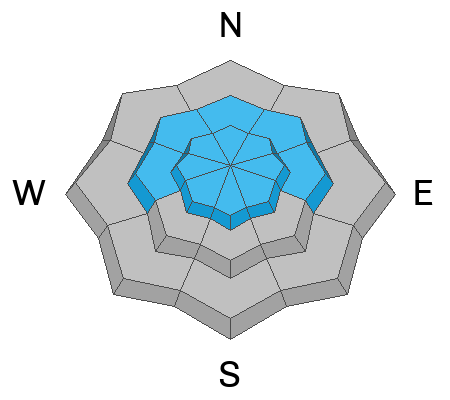Forecast for the Logan Area Mountains

Issued by Toby Weed on
Tuesday morning, January 10, 2023
Tuesday morning, January 10, 2023
Today heavy snow, rain at lower elevations, and drifting from sustained southerly winds will cause rising avalanche danger in the backcountry. There is CONSIDERABLE danger at all elevations. Natural avalanches are possible and people are likely to trigger both small and large avalanches.
Careful snowpack evaluation, cautious route finding, and conservative decision-making are essential for safe backcountry travel.

Low
Moderate
Considerable
High
Extreme
Learn how to read the forecast here









